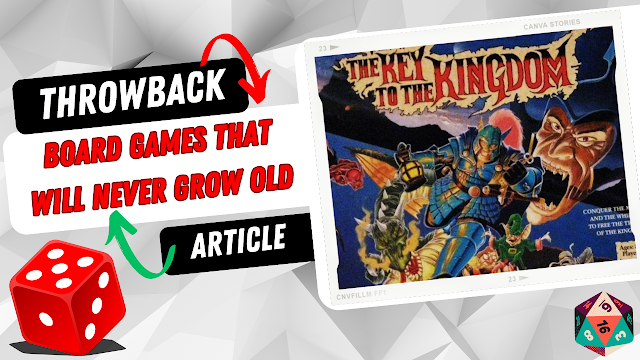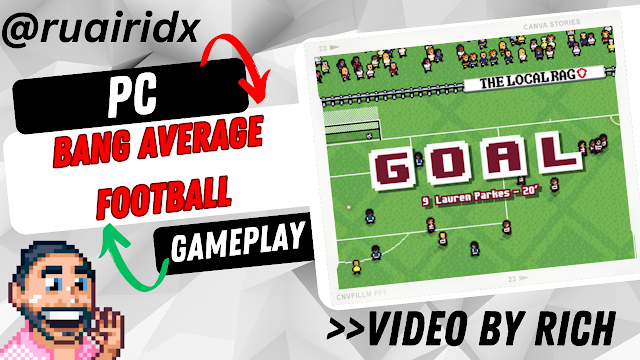Hurt Me Plenty: The Ultimate Guide to First-Person Shooters 2003–2010 is the mahoosive 464-page hardcover book follow up to I'm Too Young To Die that explores the evolution of first-person shooters from the years 2003 to 2010.
I’m Too Young To Die covered FPS games from 1992 to 2002 so it's cool how the new book just picks up the baton from where ITYTD left off. The book features almost 220 FPS games including Call of Duty, DOOM 3, Half-Life 2, BioShock, Crysis, Borderlands, Fallout 3, Left 4 Dead, and Halo 2, alongside some lesser-known titles and experimental shooters.
The book also includes some cool interview chapters with FPS industry legends like Ken Levine (BioShock), Minh Le (Counter-Strike), Tim Willits (DOOM 3), and Jeep Barnett (Portal, Left 4 Dead, Team Fortress 2). The book also explores and discusses FPS trends, such as the rise of multiplayer-only shooters, the impact of digital game distribution, and the shift from WWII settings to modern warfare.
Once again as with all Bitmap Books the book is designed with highest quality printing at the forefront along with the use of special Pantone ink, and an illustrated cover by Ian Pestridge that is Spot varnished and accompanied by a dust jacket highlighting key FPS genre elements against a stunning matte background. As always the book is a must-have for retro gamers and FPS fans.
Once you get stuck into the book Stuart Maine explores several key themes in the evolution of FPS games such as:
Technological Advancements – The book highlights the graphical and gameplay innovations that reshaped shooters during this period, including advanced physics engines, destructible environments, and more immersive AI.
Narrative Evolution – FPS games increasingly moved beyond simple action-driven gameplay, incorporating deeper storytelling and emotional weight, as seen in titles like BioShock and Half-Life 2.
Multiplayer & Online Play – The rise of online connectivity led to the dominance of multiplayer shooters, from Counter-Strike and Call of Duty to new cooperative experiences like Left 4 Dead.
Genre Experimentation – Developers pushed the boundaries of what an FPS could be, blending RPG elements (Fallout 3), survival horror (DOOM 3), and open-world mechanics (Far Cry).
Shifts in Setting & Style – The era witnessed a transition from classic WWII shooters to modern warfare, sci-fi, and dystopian themes, reflecting cultural shifts in gaming preferences.
Choosing the period from 2003 to 2010 to focus on for this second instalment is a great move as the period saw major technological leaps in first-person shooters and it shaped the genre into what we know today.


![Hurt Me Plenty: The Ultimate Guide to First Person Shooters 2003-2010 [REVIEW + Unboxing Video] Hurt Me Plenty: The Ultimate Guide to First Person Shooters 2003-2010 [REVIEW + Unboxing Video]](https://www.bitmapbooks.com/cdn/shop/files/Bitmap_HMP_DSCF8123_LR_1120x736.jpg?v=1747663182)
![Hurt Me Plenty: The Ultimate Guide to First Person Shooters 2003-2010 [REVIEW + Unboxing Video] Hurt Me Plenty: The Ultimate Guide to First Person Shooters 2003-2010 [REVIEW + Unboxing Video]](https://www.bitmapbooks.com/cdn/shop/files/Bitmap_HMP_DSCF8447_LR_1120x736.jpg?v=1747663182)
![Hurt Me Plenty: The Ultimate Guide to First Person Shooters 2003-2010 [REVIEW + Unboxing Video] Hurt Me Plenty: The Ultimate Guide to First Person Shooters 2003-2010 [REVIEW + Unboxing Video]](https://www.bitmapbooks.com/cdn/shop/files/Bitmap_HMP_DSCF8127_LR_1120x736.jpg?v=1747663182)



No comments:
Post a Comment
Like what you see in the Games Freezer?
Why not tell us what you think with a few well-chosen comments? :)